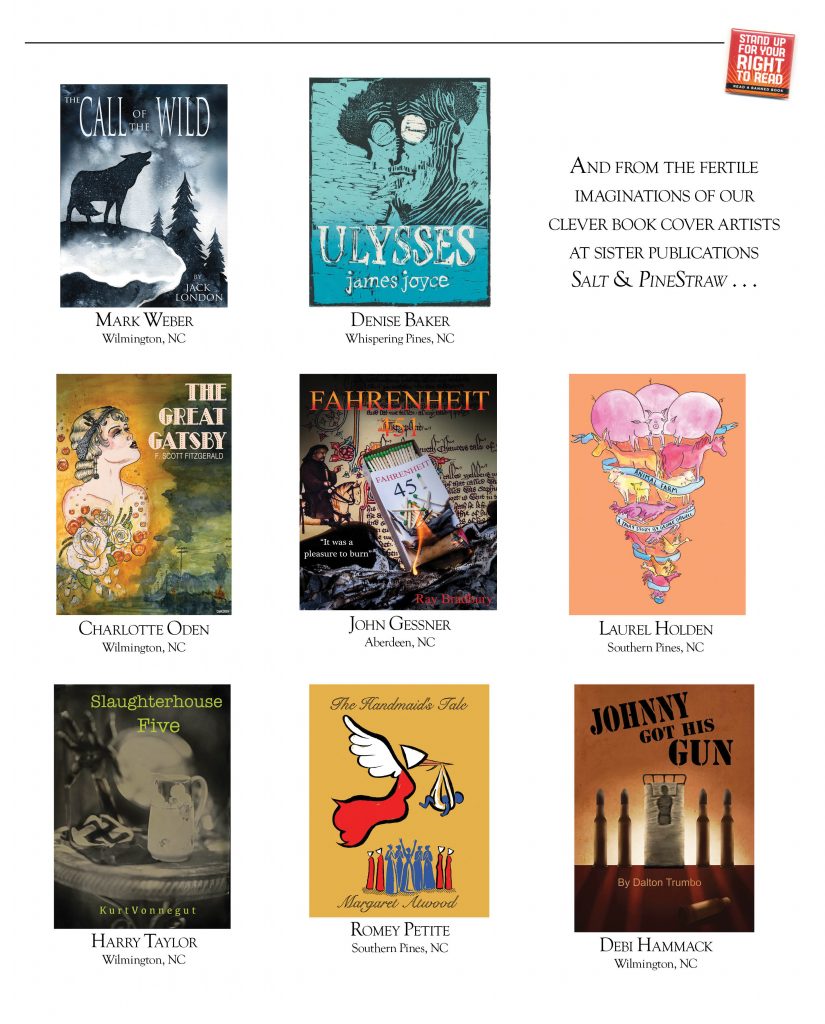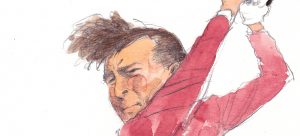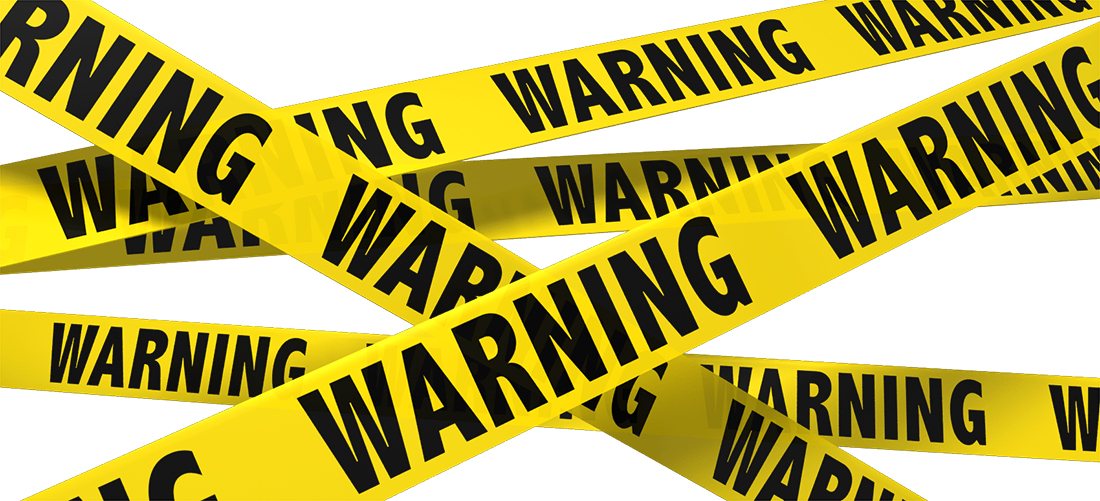
Famous banned book covers artfully reimagined
Featuring Thomas Boatwright, Margaret Baxter, Ray Martin and Harry Blair
The first summer I went away to Boy Scout camp at age 11, I took an internationally banned book along for casual reading.
Of course, at the time, I didn’t know it was a famously banned book. It was simply a thick paperback volume from my dad’s overstuffed bookshelf that featured a classical drawing of a nude Aphrodite on its cover. The author had a cool handlebar mustache. I thought it might be about an Englishman’s adventures in the Near East and remember a blurb on the cover that said something to the effect: “The Book that Shocked an Entire Continent.” The title was My Life and Loves, by Frank Harris.
In fact, the author was a controversial Irishman and author, newspaper editor, short story writer and social gadfly who railed against censorship and puritanism in all forms. His lurid and engaging 600-page memoir — which was banned in Britain and America for 40 years and first published privately in Paris — related colorful tales about his close friendships with leading politicians and celebrities of the Victorian Age. But it also brought down the ire of the U.S. Postal Service and British and American censors for its explicit depictions of the author’s sexual exploits with willing Victorian Age debutantes.
The book, I learned many years later, tainted the otherwise estimable career of Harris, who authored well-respected biographies of Shakespeare, Goethe and his close friend Oscar Wilde, among others. He was also pals with the likes of George Bernard Shaw and Winston Churchill.
Needless to say, My Life and Loves was potential dynamite in the hands of an 11-year-old Tenderfoot Scout and would surely have gotten me sent packing before the Friday Mile Swim had anyone known the revealing subject matter contained therein. I remember telling friends it was just a boring book about Greek and Roman mythology.
Today My Life and Loves is considered a classic of eroticism and historical reporting. I still own a copy.
In this spirit, just for fun — being August and our annual Reading Issue — we invited several talented artists and photographers from our three sister magazines to imagine updated covers for famous banned books of their choosing.
As they lavishly prove, even if you can’t judge a book by its cover, you can sure have fun illustrating something that was once considered so bad for you — it’s good.
— Jim Dodson
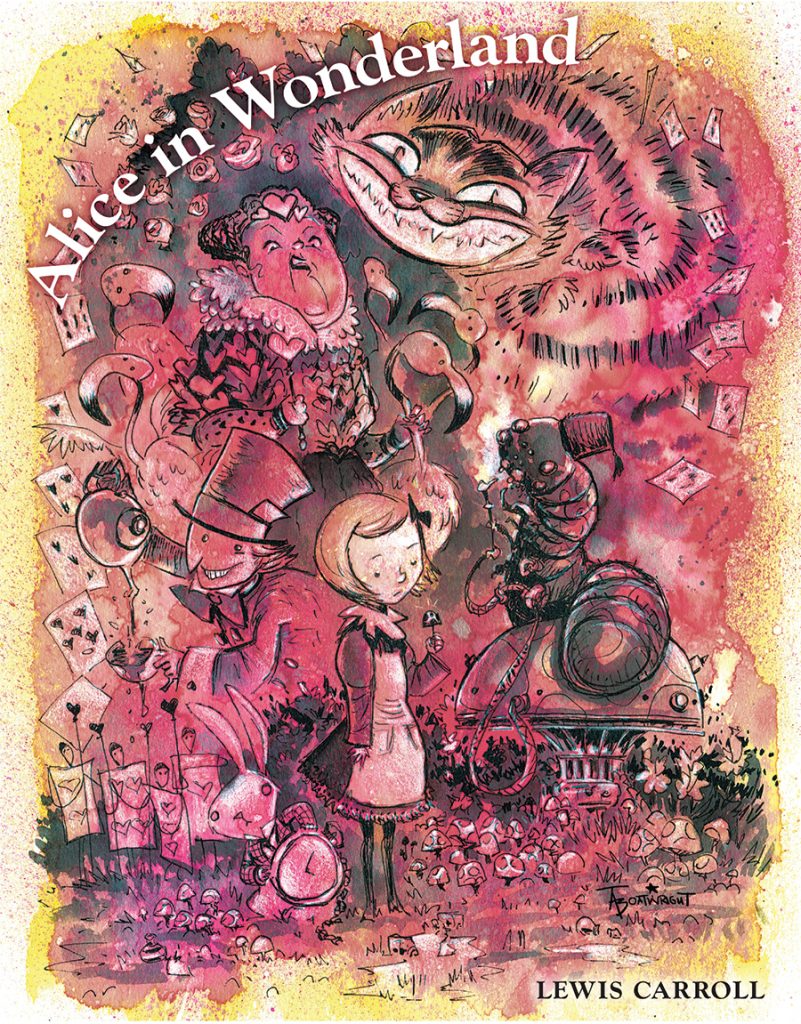 Alice in Wonderland
Alice in Wonderland
by Lewis Carroll
Year Published: 1865
Years Banned: early 1900s, New Hampshire; 1930s, province of Hunan, China; 1960, in various U.S. school systems
Why Banned: purported promotion of sexual fantasies and masturbation, and drug use; the Chinese banned it because of the book’s animal characters’ ability to speak human language.
Awards/Accolades: An instant publishing sensation, garnering early fans such as Queen Victoria and Oscar Wilde. It has never been out of print.
– With a taste for the macrabre, fantastical and irreverent, Greensboro-based cartoonist and illustrator Thomas Boatwright has found a natural fit for his works in children’s books, comic book artwork, role-playing game illustration and Web comic design.
Info: boatwright.deviantart.com
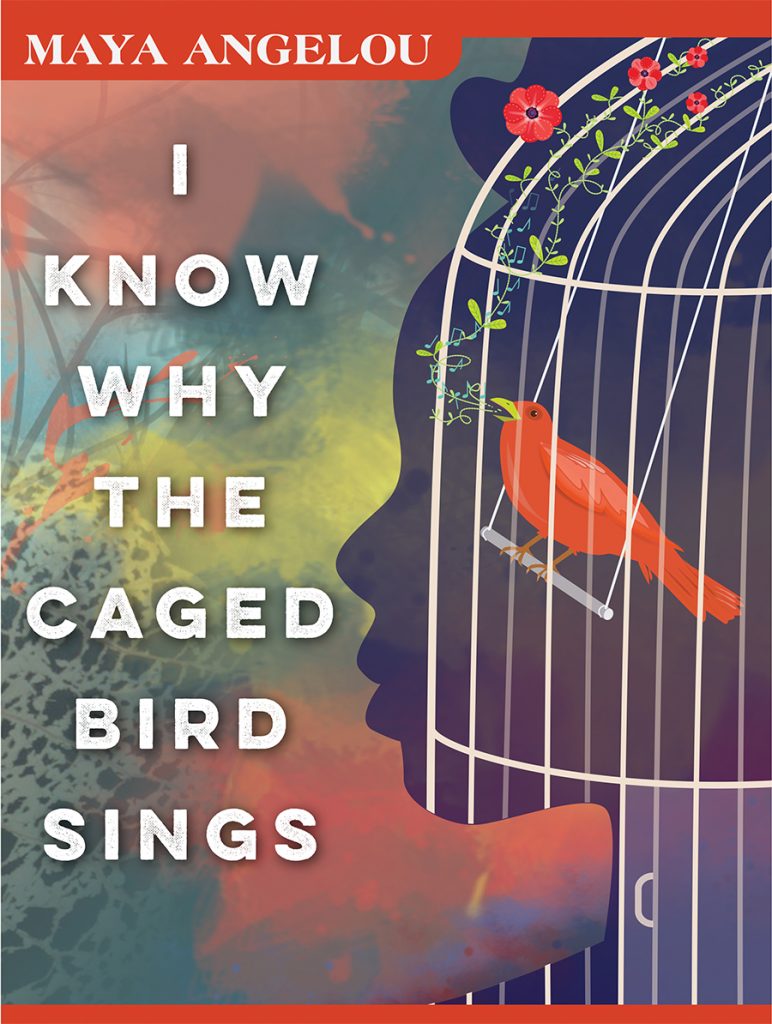 I Know Why the Caged Bird Sing
I Know Why the Caged Bird Sing
by Maya Angelou;
Year Published: 1969
Years Banned: Frequently banned over the years since its publication from junior high and high school libraries, classrooms and curriculae (It ranked No. 3 on the American Library Association’s list of banned books in 1999 and No. 6 in 2009)
Why Banned: sexually explicit scenes, including child rape, use of language and irreverent religious depictions
Awards/Accolades: nominated for the National Book Award in 1970; Maya Angelou was nominated for a Pulitzer Prize for her 1971 volume of poetry, Just Give Me a Cool Drink of Water ’fore I Diiie, a Tony Award nomination for her role in the 1973 play Look Away and three Grammy awards for her spoken-word albums. Springarn Medal, 1994; National Medal of the Arts, 2000; Presidential Medal of Freedom, 2011.
– Margaret Baxter has parlayed her childhood passion for drawing into a career illustrating for books, newspapers and magazines, and has won several awards for her work. She lives in a flat near downtown Greensboro. Info: empathbaxter@gmail.com
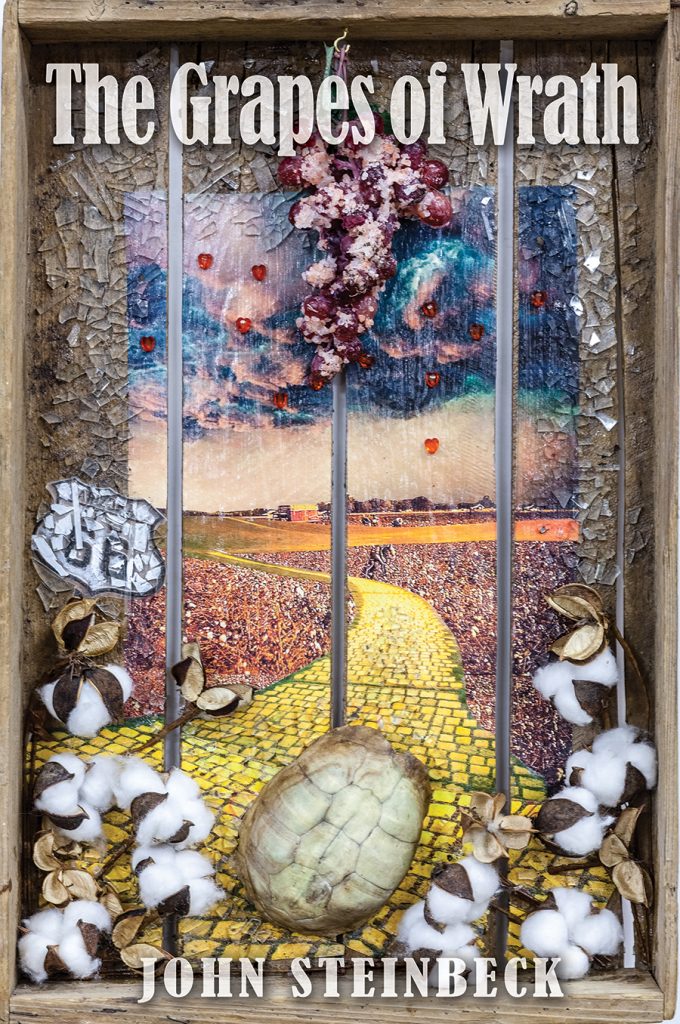 The Grapes of Wrath
The Grapes of Wrath
by John Steinbeck
Year Published: 1939
Years Banned: Off and on since its publication, both nationally and internationally
Why Banned: The book was banned and publicly burned for its foul language, sexual explicitness and religious depictions; cited as socialist and communist propaganda. Kern County, California took particular exception to it for its depiction of the community and migrant camps; publicly denounced before Congress by Democratic Rep. Lyle Goren of Oklahoma as “a lie, a black, infernal creation of a twisted, distorted mind.” Its criticism led to the American Library Association’s creation of its own Library Bill of Rights.
Awards/Accolades: National Book Award; Pulitzer Prize for fiction; named to Time magazine’s, Le Monde’s and Modern Library’s lists of 100 best English-language novels of the 20th century and The Guardian’s list of Britain’s best-loved books of all time. John Steinbeck was awarded the Nobel Prize for Literature in 1962.
– The stuff of dreams infuses Ray Martin’s work. The Sandhills native also draws inspiration from “plein air” in his painting and drawing. Martin has exhibited in area galleries and has taught art in secondary schools and colleges in the Carolinas. He has been a professor of Art at Rockingham Community College since 2013. Info: olliveray4@yahoo.com
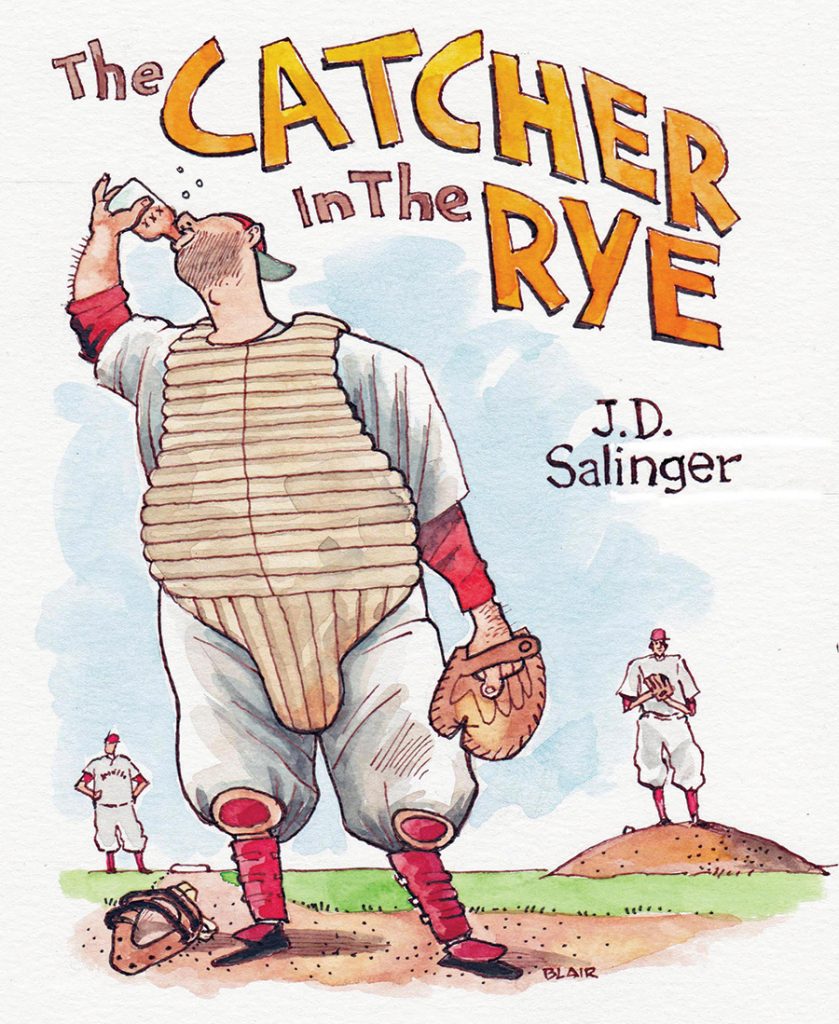 Catcher in the Rye
Catcher in the Rye
by J.D. Salinger
Year Published: 1951
Years Banned: 1961–1982, and
off and on in the years since
Why Banned: Vulgar language, sexual promiscuity, undermining of traditional values, moral codes, encouraging rebellion. Banned from Issaquah, Washington schools in 1978 for being part of “an overall communist plot.”
Awards/Accolades: Named one of Time magazine’s 2005 list of 100 best English-language novels written since 1923; included on Modern Library’s list of 100 best English-language novels of the 20th century.
– Harry Blair began drawing at the age of 5, and he never looked back — despite his father’s warning that he would need a “real job” after graduating from college. But Blair had heard that people would pay him for “drawing and coloring,” and they did. Nearly 70 years since he picked up his first crayon, Blair has had fun “drawing and coloring” for newspapers, magazines and advertising campaigns. The longtime Greensboro resident has been a contributing editor to O.Henry since the publication of its first issue. Info: harryblair.com
